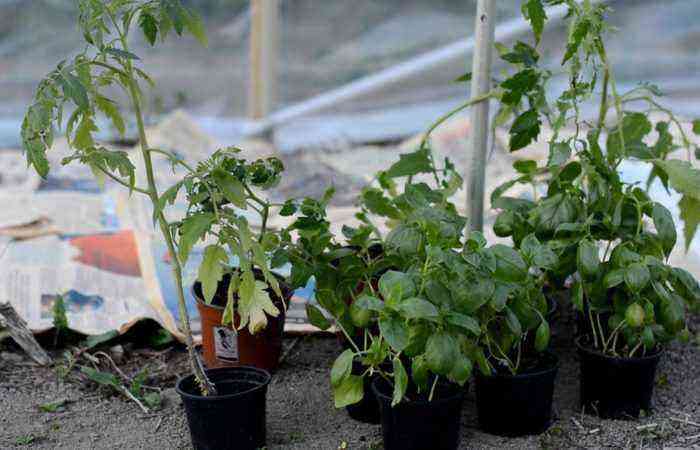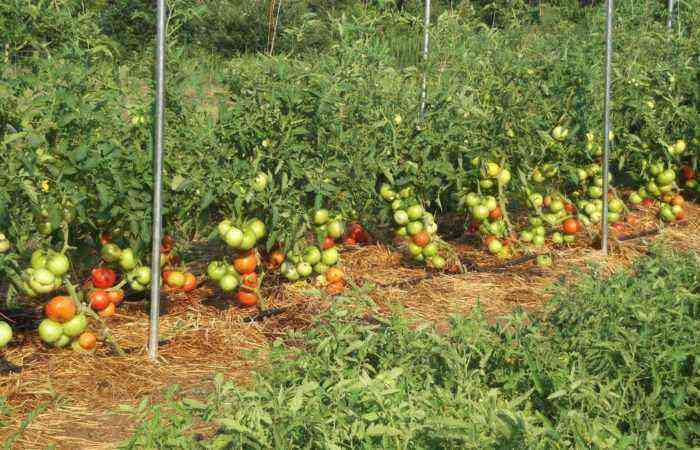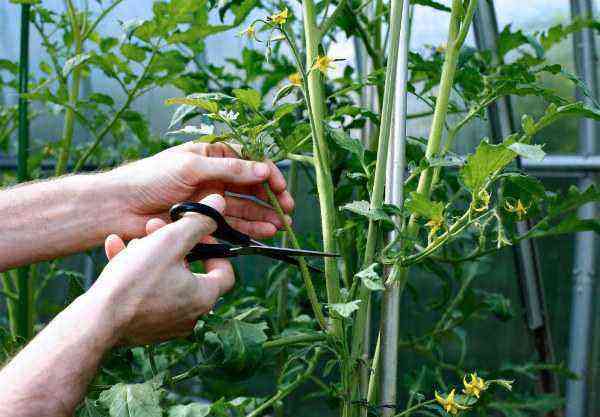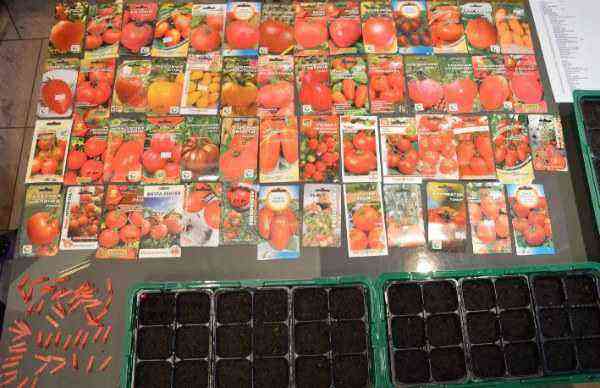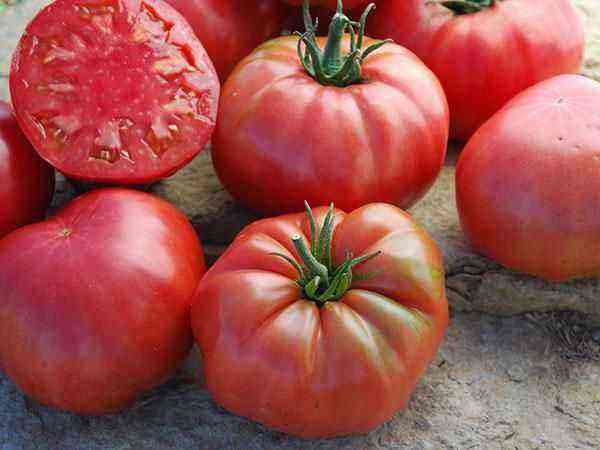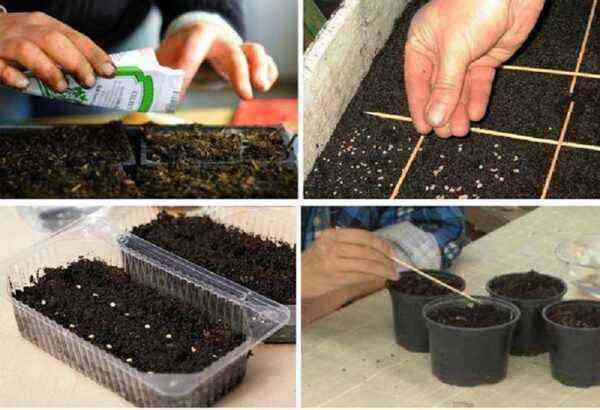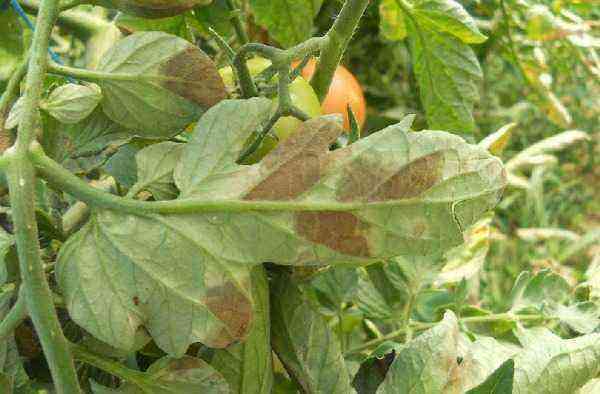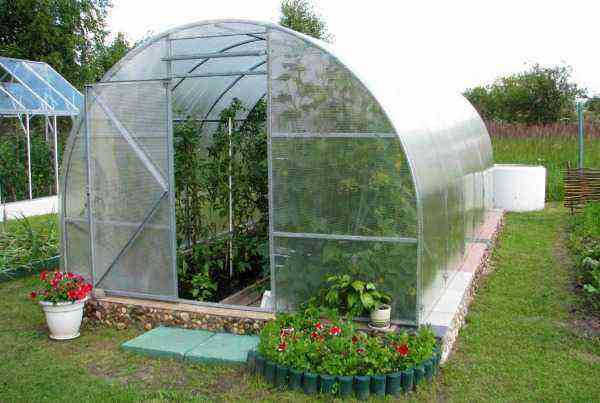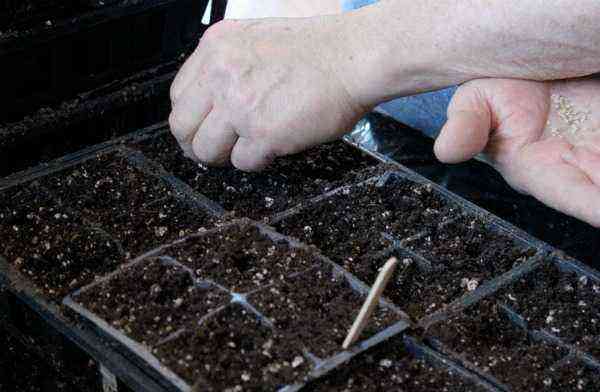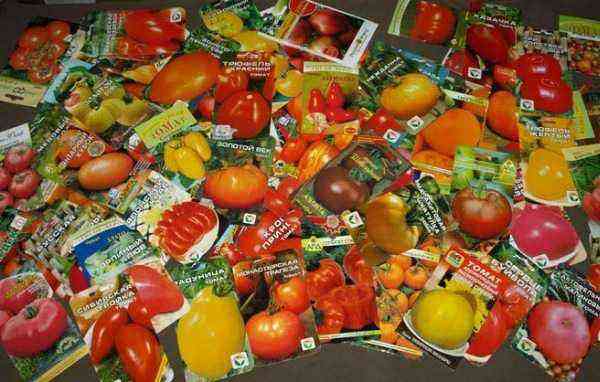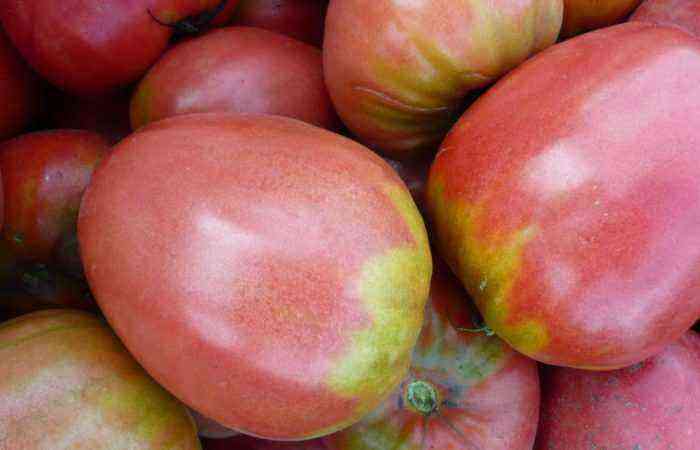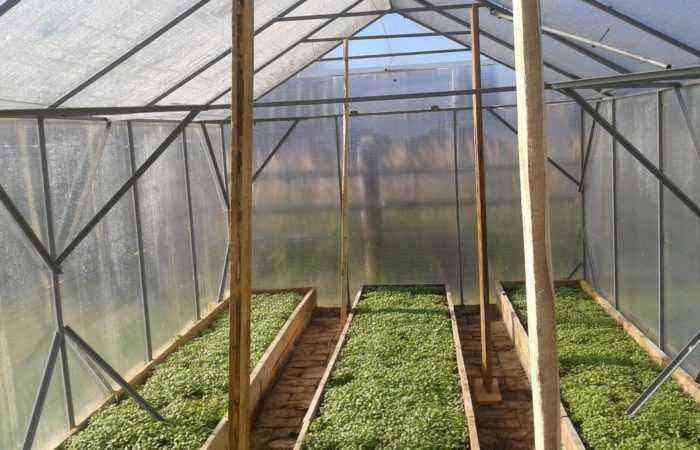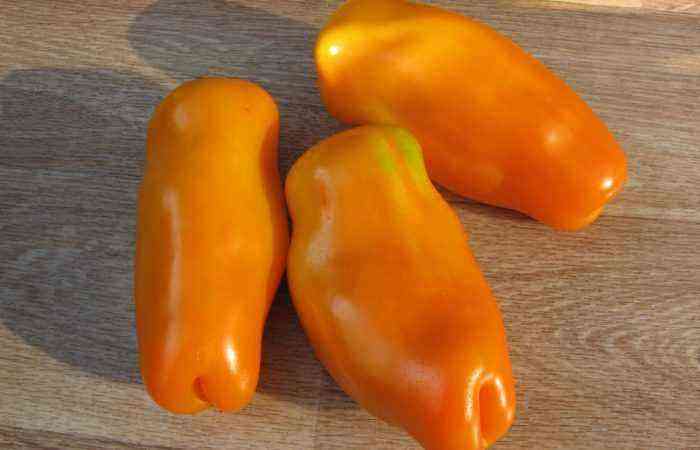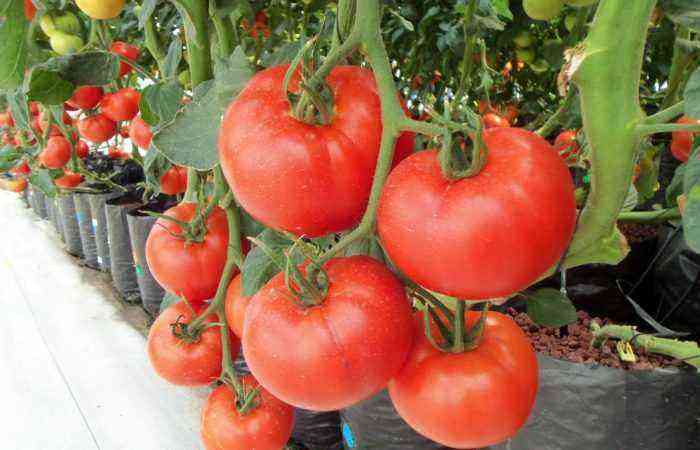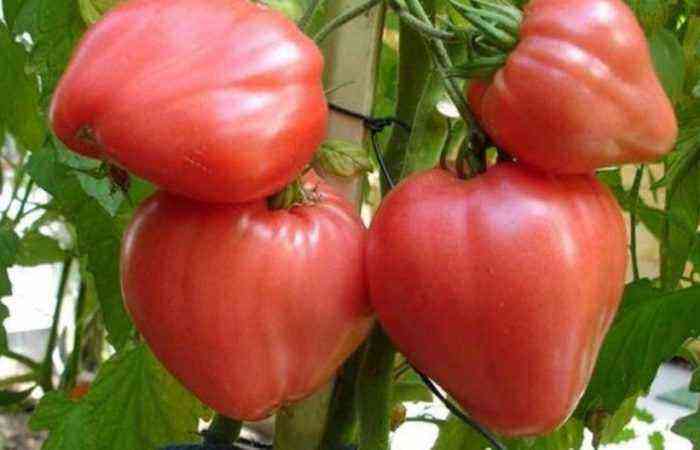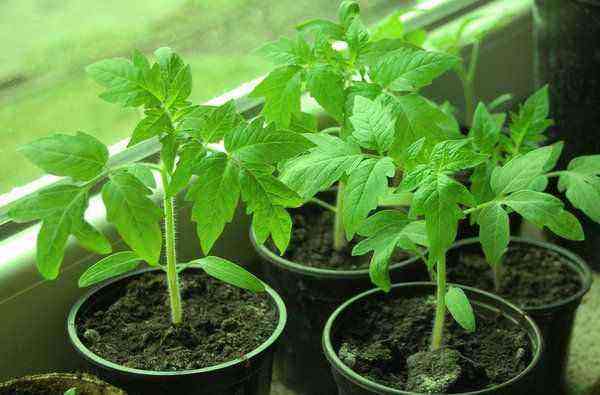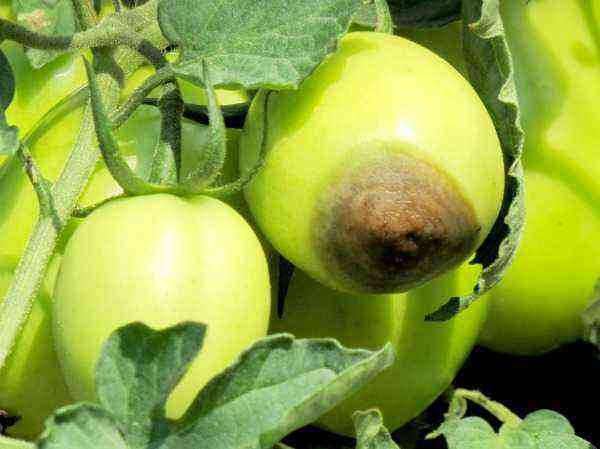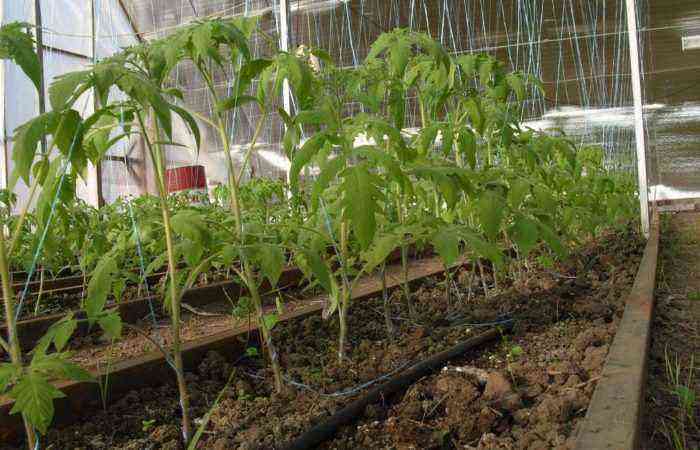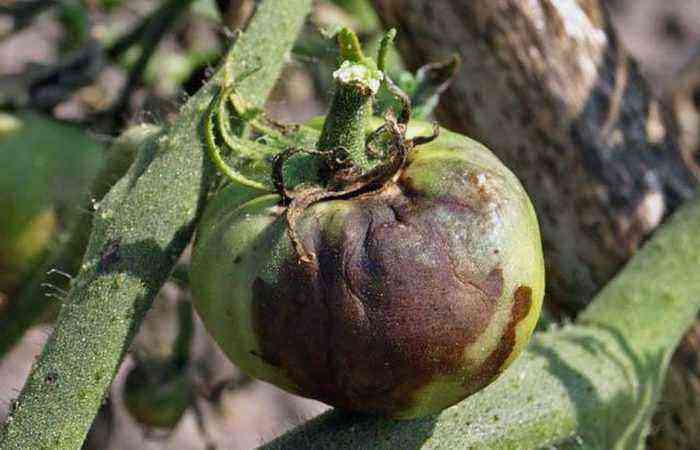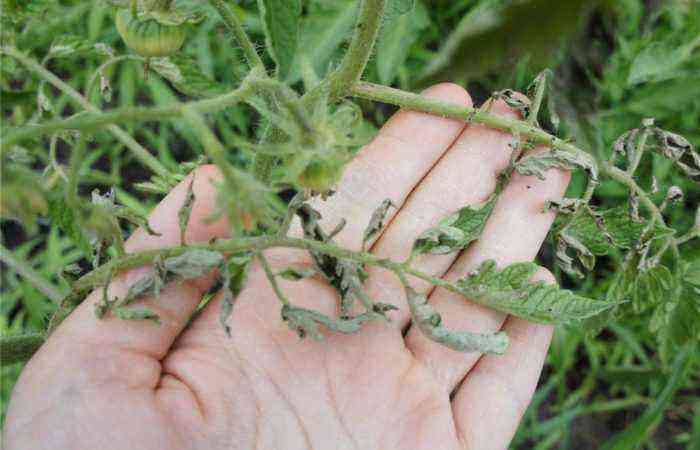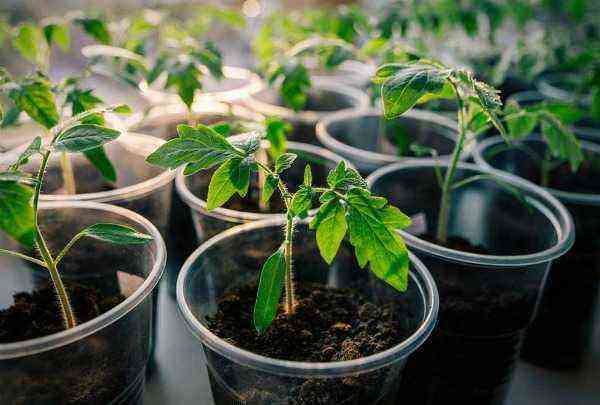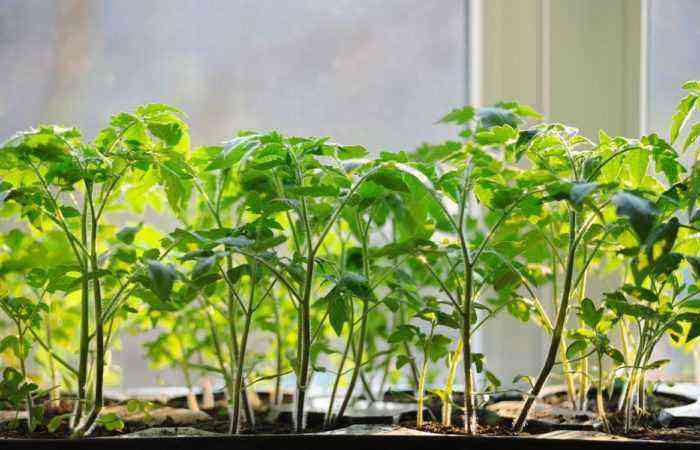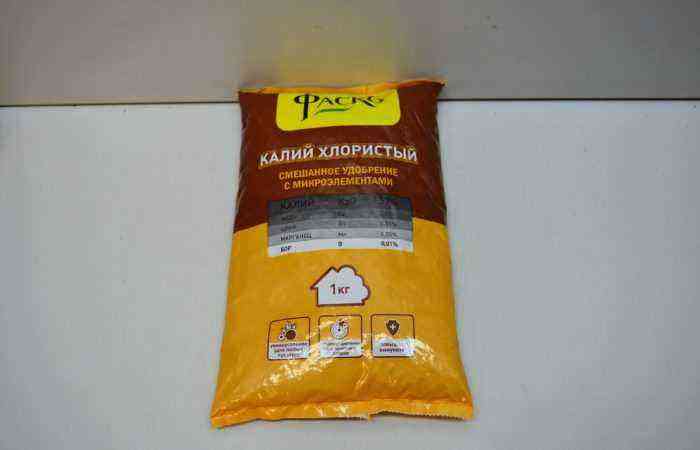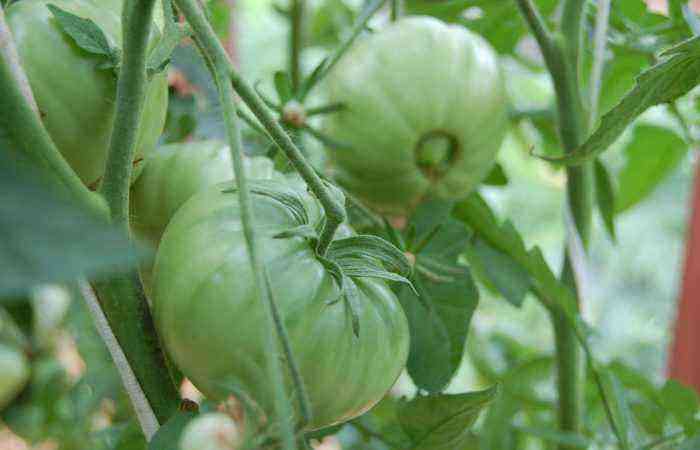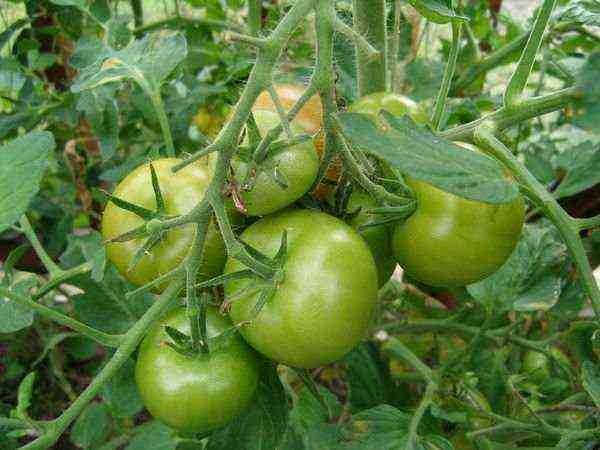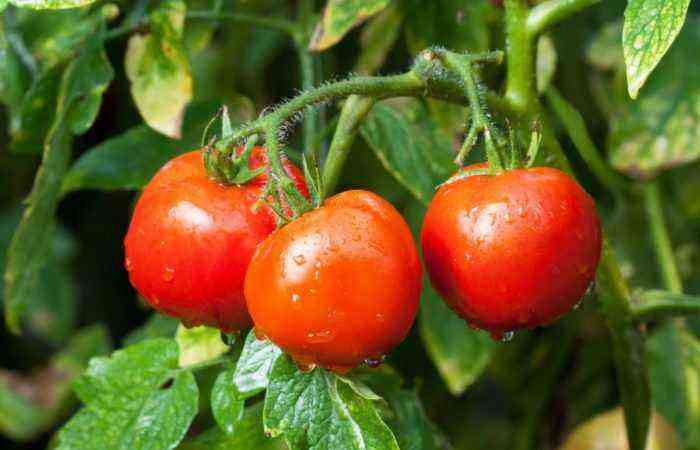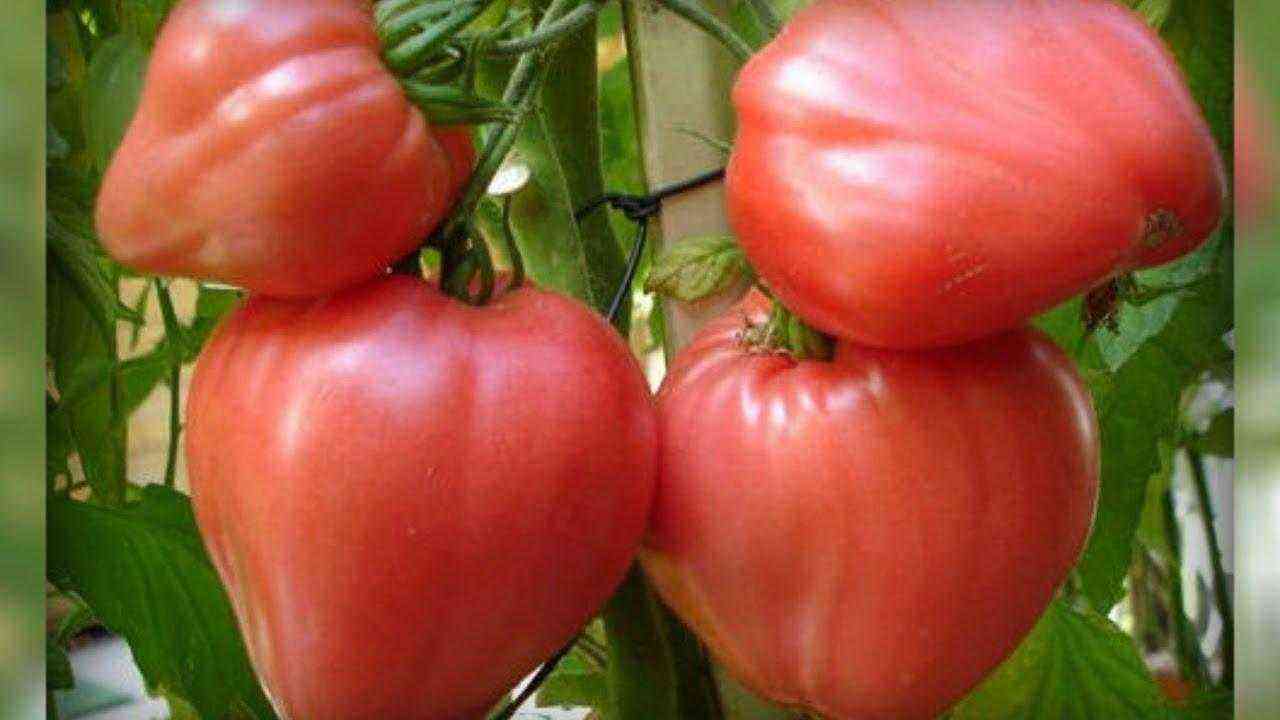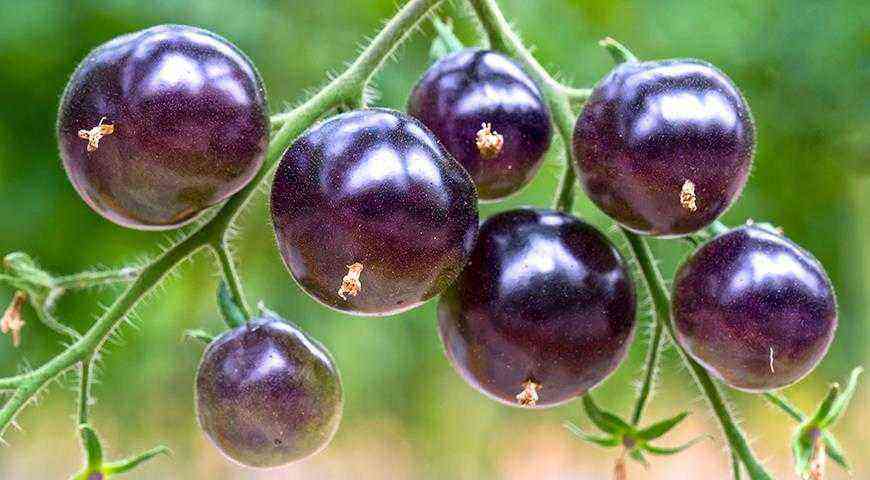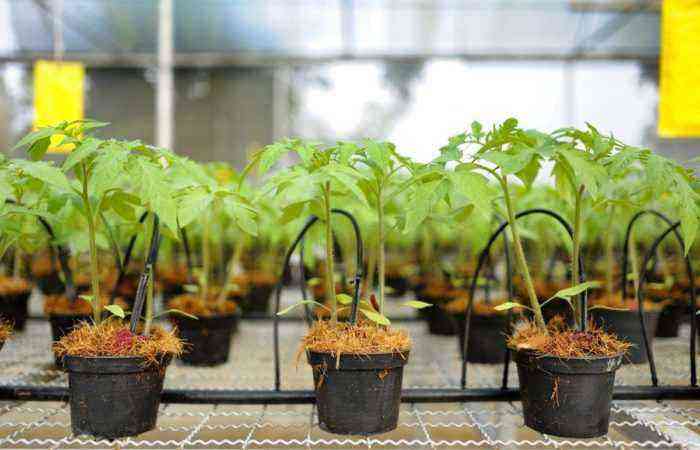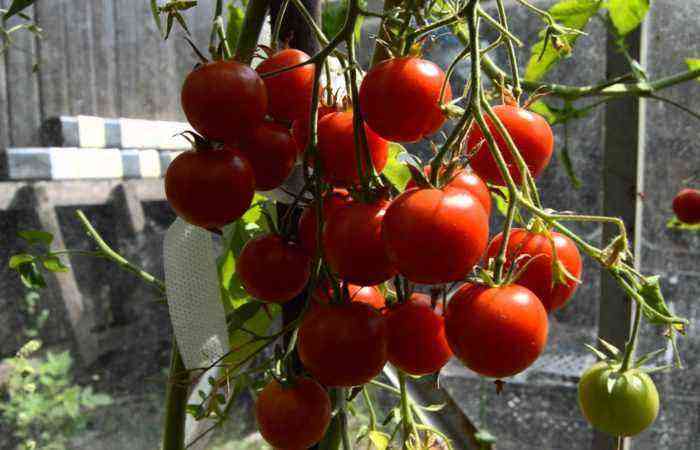Agrotechnical measures for the formation of tomatoes (stepping, pinching and removing part of the leaves) are an artificial regulation of the number and size of vegetative organs in order to help the plant concentrate its forces on fruit set and ripening.
In order not to harm the plant, you need to know exactly when, where and how much to pinch off or break off. The task of the formation is one, the schemes are different. It is not difficult to form a tomato into one stem, and the result is good both in terms of the quality of the crop and the appearance of the bush.
Why form a bush in a tomato
Tomato plants, during their growing season on the stem, lay not only leaves and fruit clusters. Shoots (stepchildren) appear in the axils of the leaves, which in turn also form vegetative organs, including new shoots.
Attention! If you do not limit the growth and number of shoots, the vegetative mass of the bush increases exponentially.
Such growth consumes a lot of nutrients that are necessary for the setting and growth of fruits. In addition, the thickening of the bush contributes to poor ventilation, the development of diseases, pollination and fruit ripening worsens. Negative consequences: from a significant decrease in the yield, to its complete death.
Advantages and disadvantages of forming tomatoes in one stem
Plants formed in one stem have a number of advantages:
- Landings are well lit and ventilated, this creates favorable conditions for growth and fruiting. The risk of developing diseases is reduced.
- Free access for plant maintenance and harvesting.
- Allows you to grow larger fruits, extend the growing season.
- The useful area is rationally used, as the interval between plants is reduced.
The method is not effective for varieties with limited growth, if the plant growth is not directed to the side shoot, as well as in low protective structures. Requires a high support device or a trellis for a garter.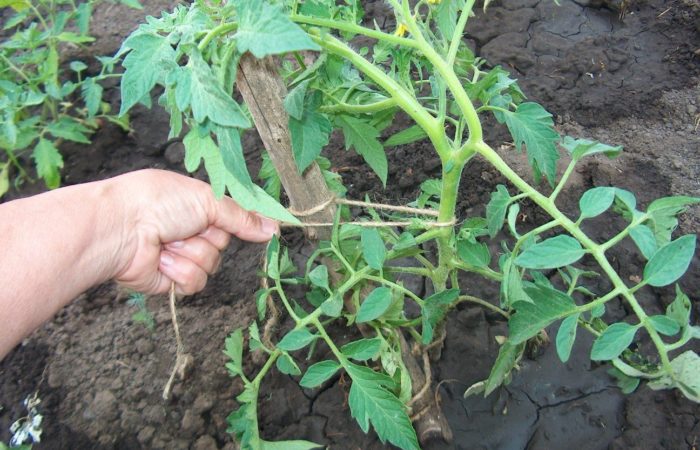
General rules for the formation of a bush in one stem
A delay in pinching leads to excessive growth of shoots, waste of nutrients, injury to the stem when breaking off. A large wound dries poorly and infection occurs through it.
The stepson to be removed should be no more than 5 cm.
The first pinching is carried out 10-14 days after planting seedlings in the ground. By this time, the plant takes root well and the rapid growth of green mass begins. If the seedlings have outgrown, then the first shoots appear already in pots, then they are removed immediately after the seedlings have taken root.
How to stepson
Stepchildren are best removed manually, by simple breaking out. To do this, from the sinus it is tilted away from the stem and pressed down with force. So that a small stump remains in the sinus from the escape, when breaking off, the stepson is held with a finger. The presence of hemp prevents the growth of a new shoot in this sinus.
Stepchildren scheme
The formation of one stem for fruiting is carried out in the following ways:
- classic – for the formation of indeterminate tomatoes in protected and open ground:
- stepped – to prolong the fruiting of determinant varieties and reduce the stem of indeterminate varieties without reducing the fruiting period;
- with lateral stepchildren – will allow you to get more yield in the lower part of the plant and at an earlier date.
When and how to pinch
Pinching the top of the shoot (point of growth) is carried out to limit growth when there is a need to accelerate the ripening of already formed fruits on the main stem or stop the growth of the left side shoot. Pinching is carried out by hand after 2-3 leaves over the last flower brush with flowers already in full bloom.
Removing leaves
Removal of leaves is carried out in parallel with the pinching of plants. At the same time, no more than 2-3 leaves below the fruit clusters are removed. Excessive removal of leaves reduces photosynthesis, and a large presence of greenery consumes a lot of nutrients, slows down ripening, worsens ventilation, which contributes to the development of diseases.
Schemes for the formation of tomatoes in one stem
This scheme is especially common when forming tall tomatoes in tall greenhouses of all types. This allows rational use of the entire height of the greenhouse. When pinching, one stem is left for fruiting, on which all flower brushes are laid, and all shoots formed in the axils of the leaves are removed.
- Scheme with partial abandonment of stepchildren
If the harvest needs to be obtained in a shorter period, if the growing season has a limited time, several early side shoots are left on the main stem. They are grown before the formation of the first flower brush and pinched as a general rule – after two sheets.
It is used if it is required to somewhat slow down the growth of the stem of an indeterminate tomato, but not stop it. To do this, a side shoot is left at the top of the stem, and it develops in parallel. As soon as the first flower brush appears on the shoot, pinch the main stem. Now the left shoot will work as a stem. This procedure can be carried out several times if the growing season is long.
The method of stepwise formation can significantly prolong the fruiting of plants with limited growth.
The video tells the nuances of planting tomatoes in open ground, provided that they form into one stem.
Features of the formation of the stem in the greenhouse and open ground
- In a greenhouse.
The costs of producing tomatoes in a greenhouse are quite high, so it is necessary to ensure high yields in order to pay for them and significantly extend the fruiting period. The formation of a tomato in one stem allows you to solve these problems and create a favorable microclimate in the greenhouse.
Varieties with unlimited growth in heated greenhouses are tied up in such a way that as the crop of the lower brushes ripens, the stem can be lowered down and laid on a net or mulch.
This allows the plant to develop freely and use the height of the greenhouse. In this case, the formation is carried out in the classical way.
- Outdoors:
- for tall tomatoes, it is better to use the formation with the leaving of lateral shoots and subsequent pinching of the growing point;
- for medium-sized and low-growing tomatoes, a stepwise formation scheme is used with the transfer of growth to a lateral shoot.
How to properly form
For indeterminate varieties, the harvest is formed throughout the growing season and ends only with the onset of adverse weather conditions or if the height of the greenhouse is not enough. When growing these varieties, the main stem is used to the maximum, removing the lateral processes.
If it is necessary to shorten the length of the stem, but prolong fruiting, it is transferred to the side shoot and made it the main one.
In determinant tomatoes, the main stem is limited to a small number of flower ovaries. To increase their number, one or more shoots are left, which are limited to one fruit brush. According to another scheme, the last shoot is left before the intended topping, in order to continue fruiting on it.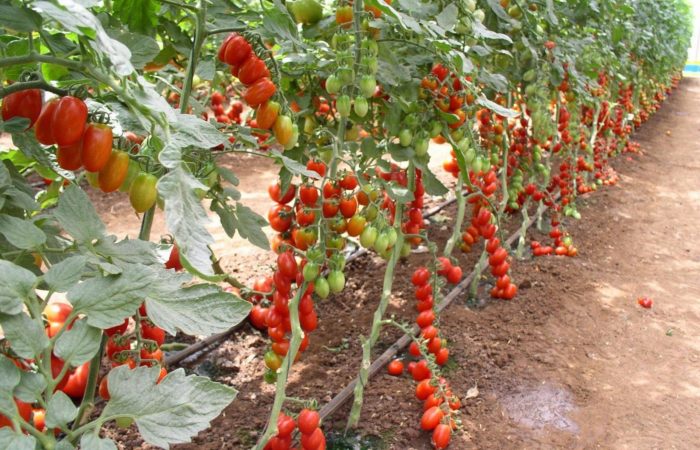
Recommendations
It is better to pinch in the morning, after the dew has dried and in the absence of precipitation. In the morning, the shoots are more juicy, fragile and easily break off without injuring the stem. The temperature should be moderate and the weather calm. During the day, the wounds dry out quickly and do not become infected.
When pinching plants with signs of disease, it is necessary to disinfect hands and cutting tools after each plant. When pinching, you need to leave a small part of the shoot so that a new one does not grow in place of the removed one.
Advice! To select the formation scheme, you need to know exactly the physiological characteristics of the variety.
The technology for forming a tomato bush into one stem is available even to beginners. With the right work setting, a positive result will be ensured. It will look like this – tall, slender, compact bushes, hung with large brushes of ripening tomatoes.
